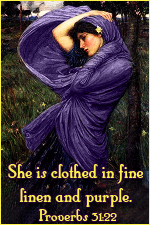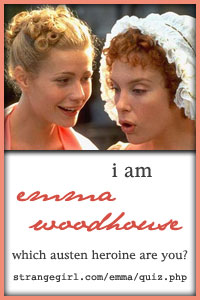There's something inside us that loves a good monster. We want them scary. We want them surprising.
But apparently not too surprising. Across time and across cultures, our monsters come in strangely predictable forms.
Take, for example, these guys:


Lester found these illustrations in a book from Roman writer Julius Solinus. Solinus repackaged Pliny’s monsters into a kind of National Enquirer version called the "Gallery of Wonderful Things." For the next thousand years, when Westerners conjured up creatures from distant lands, sort of the medieval version of Star Wars, these are the creatures they imagined.
But here's the surprise.
If we skip to the other side of the world — to China — and ask what did the Chinese think distant creatures looked like, it turns out they also had a monster collection. Their monsters show up in an ancient text called "The Classic of Mountains and Seas." And guess what?
Well, first, take a look at this Chinese sampler, paying particular attention to the headless face-on-my-chests fellow second from the left:

I couldn't help but notice that with every conceivable shape available, the Chinese came up with monsters that look like the West's monsters. Here’s Toby Lester's list:
- The Loppy Ears (who "have such big ears they flop down onto their shoulders")
- The Feathered Folk (who "can fly, but not very far")
- The Hairy Folk (covered in hair "like a pig")
- The Mushroom People (whose aspect was like "a meat fungus")
- The Progenyless Folk (a boneless race who, because they eat only air "are clear-headed and live a long time")
So the Chinese imagined Big-Eared monsters and so did the Europeans. The Chinese have air eaters, the Europeans Apple Sniffers .The Chinese have a face-on-my-chest monsters, ditto the Europeans.

Two thousand plus years ago, Europeans and Chinese had very, very little contact but somehow they imagined a startlingly similar cast of frightening and fantastic creatures.
I don't know why I'm disappointed. I guess it's no big surprise that people from very different cultures and very different places often scare and enchant themselves in much the same way.
P.T. Barnum knew that. Hollywood knows that. The deeper question is: Why do we dream and imagine so similarly? Why did we have to wait 2,500 years to get a truly original monster like The Blob?


Blessed be!

















































































0 nice comments:
Post a Comment